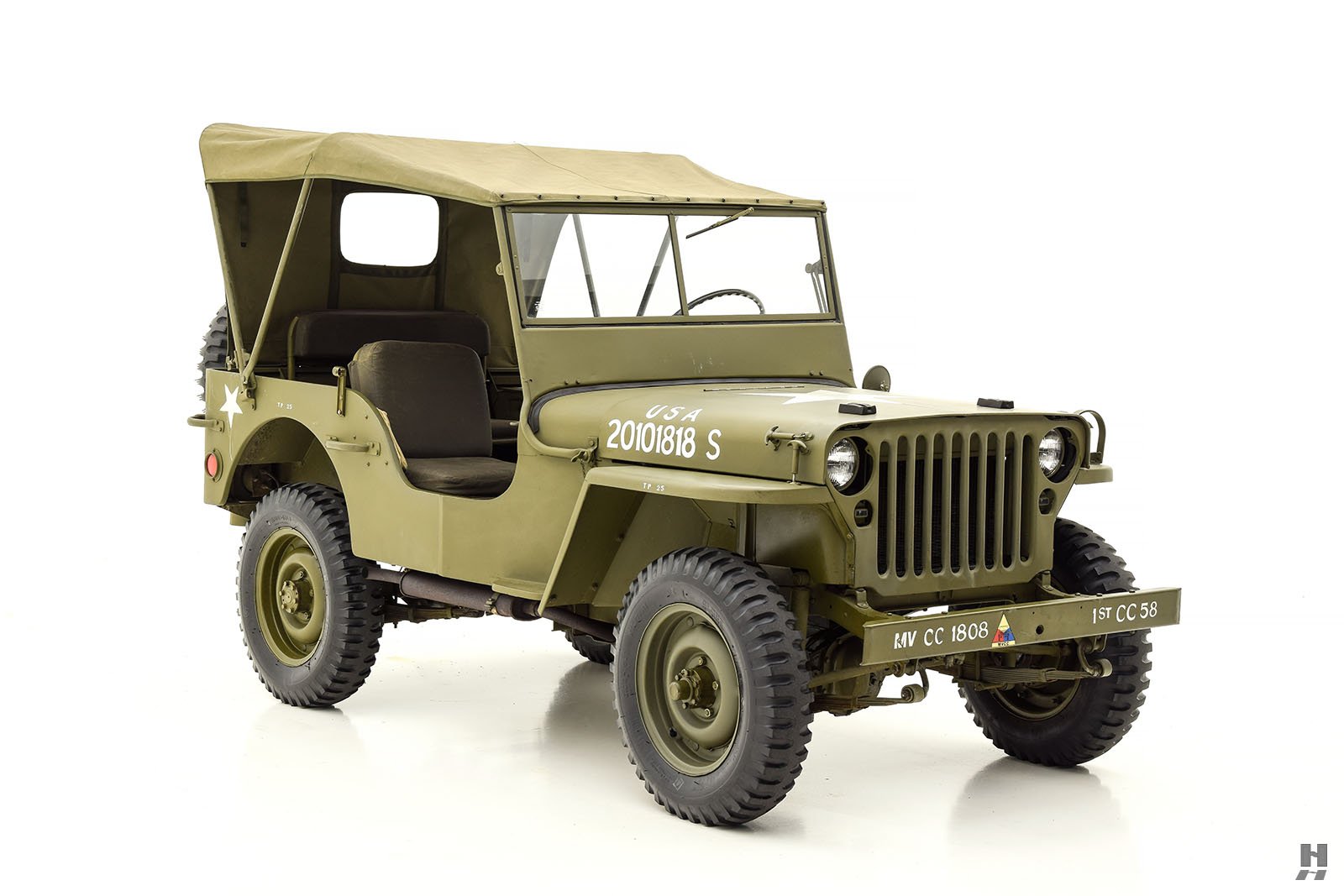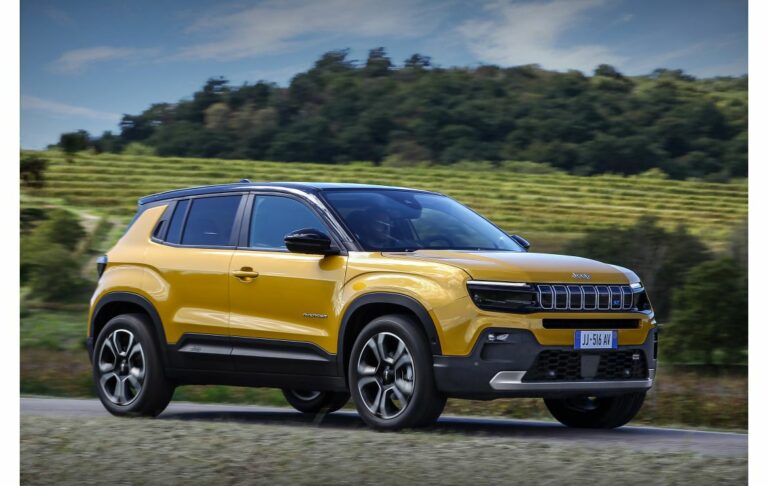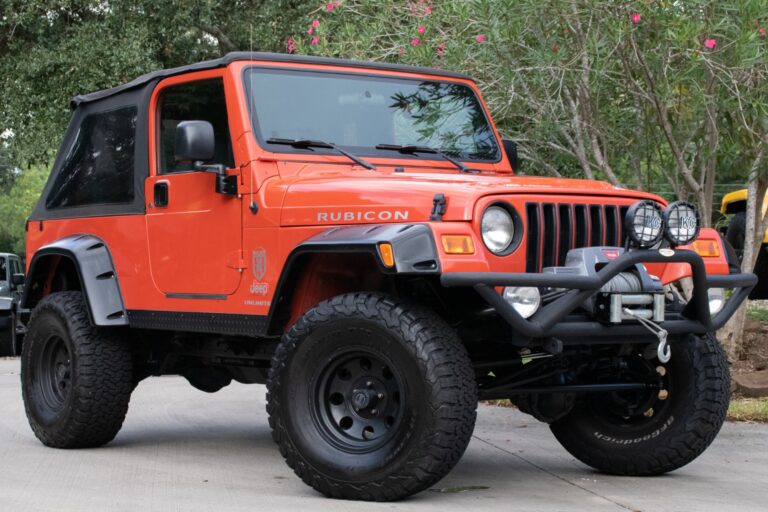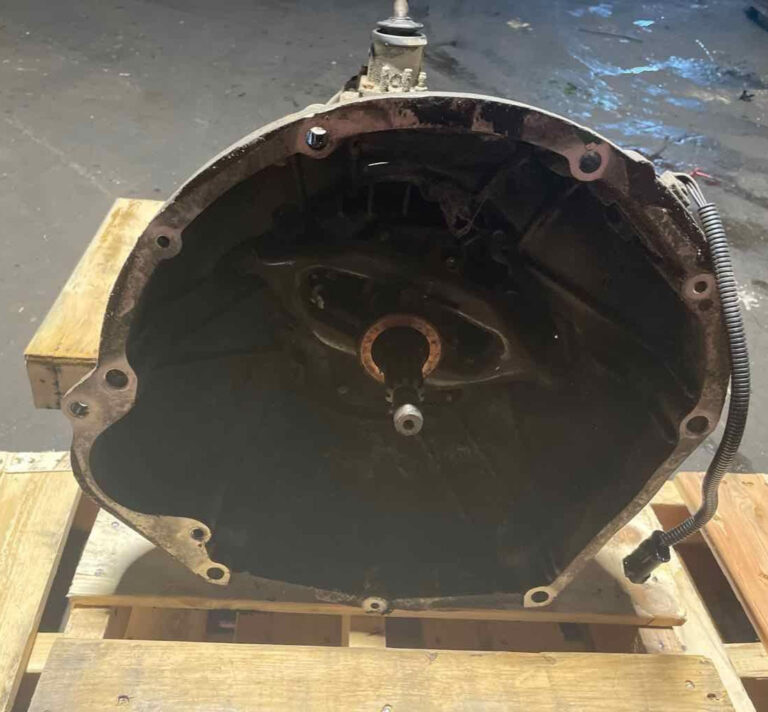1942 Ford GPW Jeep For Sale: Owning a Piece of Wartime History
1942 Ford GPW Jeep For Sale: Owning a Piece of Wartime History jeeps.truckstrend.com
The rumble of its flathead engine, the iconic silhouette, and the unmistakable sense of purpose it embodies – the 1942 Ford GPW Jeep is more than just a vehicle; it’s a living testament to an pivotal era in human history. Born from the crucible of World War II, these rugged, go-anywhere machines were instrumental in the Allied victory, serving as the backbone of military logistics, reconnaissance, and general transport. For collectors, history enthusiasts, and automotive aficionados, finding a 1942 Ford GPW Jeep for sale represents a rare opportunity to own a tangible piece of that legacy, a vehicle that symbolizes ingenuity, resilience, and unparalleled utility.
Understanding the 1942 Ford GPW Jeep
1942 Ford GPW Jeep For Sale: Owning a Piece of Wartime History
To truly appreciate a 1942 Ford GPW, one must delve into its origins. In 1940, with the looming threat of war, the U.S. Army sought a lightweight, four-wheel-drive reconnaissance vehicle. Willys-Overland, Bantam, and Ford all submitted prototypes. While Willys-Overland won the initial production contract with its MB model, Ford was soon brought in to ramp up production, leading to the creation of the GPW (G = Government, P = 80-inch wheelbase, W = Willys-Overland design). The 1942 models are particularly significant as they represent early war production, often featuring distinct characteristics that set them apart from later versions.
Ford’s manufacturing prowess ensured that the GPW Jeeps rolled off the assembly lines in staggering numbers. Though largely identical to the Willys MB in design, Ford GPWs are distinguished by numerous "F-script" marked components – small "F" stamps found on everything from bolts and body panels to engine parts, a subtle yet crucial detail for authenticators and purists. These vehicles were designed for extreme durability and ease of maintenance in the field, featuring a simple but robust 4-cylinder "Go Devil" flathead engine, a 3-speed manual transmission, and a two-speed transfer case providing reliable 4×4 capability.
Why Buy a 1942 Ford GPW Jeep? The Allure of Authenticity
The decision to purchase a 1942 Ford GPW Jeep goes beyond acquiring a mode of transport; it’s an investment in history, a commitment to preservation, and an entry into a passionate community.
- Historical Preservation: Owning a GPW is like owning a mobile museum exhibit. Each scratch, each original component tells a story of the war effort, connecting you directly to the past.
- Investment Potential: Authentic, well-maintained, or meticulously restored GPWs tend to appreciate in value. Their scarcity and historical significance make them desirable assets in the classic military vehicle market.
- Unique Driving Experience: Driving a GPW is an visceral experience. With no power steering, no air conditioning, and a raw mechanical feel, it offers a stark contrast to modern vehicles, connecting the driver to the road and the machine in a profound way.
- Community and Camaraderie: The world of military vehicle collectors is vibrant and supportive. Owners often participate in parades, re-enactments, and historical events, sharing knowledge and passion.
- Showstopper Appeal: Whether at a car show, a local parade, or simply parked in your driveway, a 1942 Ford GPW commands attention and respect, sparking conversations and evoking nostalgia.
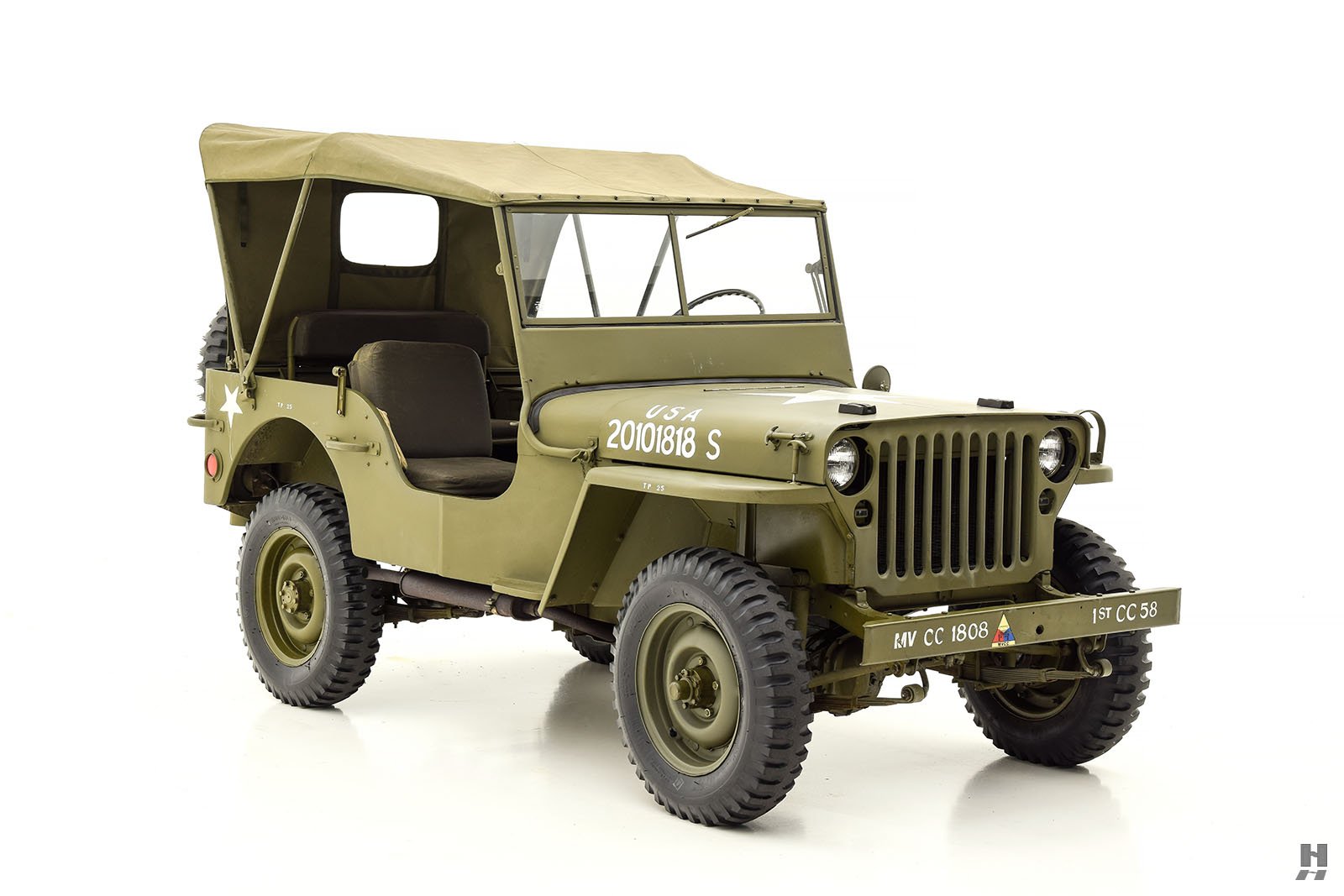
Key Considerations Before Purchasing
Embarking on the quest for a 1942 Ford GPW requires careful consideration. These are not modern cars, and their condition, authenticity, and required maintenance can vary wildly.
- Authenticity vs. Restoration: The highest value is typically placed on vehicles with maximum originality, especially those with correct "F-script" parts. Be wary of "parts-bin" Jeeps assembled from various models or heavily modified versions. A well-documented, period-correct restoration can also command a high price, but always prioritize vehicles that started as genuine GPWs.
- Condition Assessment:
- Chassis and Frame: Inspect for rust, cracks, bends, or previous repairs. This is the foundation of the vehicle.
- Engine and Drivetrain: Check for leaks, signs of major wear, and ensure it runs smoothly. Are the engine and transmission original or period-correct?
- Body: Look for extensive rust, bondo, or incorrect replacement panels. Pay attention to the "F-script" markings on various body parts.
- Electrical System: Original GPWs used a 6-volt positive ground system. Check the wiring for degradation or amateur modifications.
- Missing Parts/Accessories: Be aware of what’s missing, as sourcing original parts can be challenging and expensive.
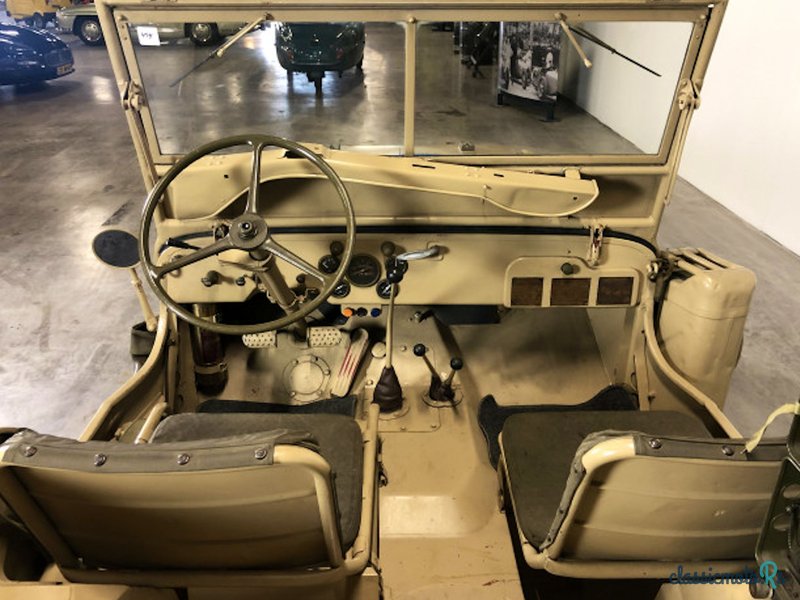
- Documentation: A clear title is paramount. Any historical documentation, such as previous ownership records, restoration receipts, or even period photos, adds significant value and helps verify authenticity.
- Beyond the Purchase Price: Factor in costs for transportation, potential immediate repairs, ongoing maintenance, insurance, and suitable storage (preferably dry and climate-controlled). A "cheap" GPW can quickly become an expensive project.
Where to Find a 1942 Ford GPW Jeep for Sale
Finding the right GPW requires patience and knowing where to look:
- Specialized Military Vehicle Forums and Websites: Sites like G503.com and the Military Vehicle Preservation Association (MVPA) classifieds are excellent resources, populated by knowledgeable enthusiasts.
- Classic Car Auctions: Major auction houses (e.g., Mecum, Barrett-Jackson, RM Sotheby’s) occasionally feature well-restored or significant GPWs.
- Online Marketplaces: eBay and Craigslist can list GPWs, but exercise extreme caution. In-person inspection and expert advice are crucial to avoid scams or misrepresented vehicles.
- Dedicated Vintage Military Vehicle Dealers: A handful of reputable dealers specialize in these vehicles, often offering restored examples with some level of warranty or guarantee.
- Word-of-Mouth: Networking within the military vehicle collector community can lead to hidden gems.
The Buying Process: A Step-by-Step Guide
Once you’ve identified a potential GPW, follow these steps to ensure a smooth and informed purchase:
- Thorough Research: Understand the specific nuances of the 1942 GPW. Educate yourself on common pitfalls, correct markings, and fair market values.
- Initial Contact and Questions: Ask detailed questions about the vehicle’s history, condition, and any known issues. Request extensive photos and videos.
- In-Person Inspection: This is non-negotiable. Inspect the vehicle yourself, and ideally, bring an experienced GPW mechanic or restorer. Check for rust, structural integrity, and originality of components.
- Verification of Serial Numbers: Cross-reference the vehicle’s frame and engine serial numbers with any available documentation to confirm authenticity.
- Test Drive: If possible, take the vehicle for a test drive to assess the engine, transmission, brakes, steering, and 4×4 system. Listen for unusual noises.
- Negotiation: Be prepared to negotiate based on your inspection findings. Don’t be afraid to walk away if something feels wrong or if the price doesn’t align with the vehicle’s true condition.
- Legalities: Ensure a clear title, a proper bill of sale, and understand all local and state regulations for title transfer and registration.
- Transportation: Plan for safe and secure transport of the vehicle, especially if it’s not roadworthy or if it’s a long distance.
Restoration and Maintenance Tips
Owning a GPW is a journey, not just a destination. Here are tips for its care:
- Prioritize Authenticity: When restoring, strive for period correctness. Use original or high-quality reproduction parts. Avoid modern modifications unless absolutely necessary for safety or reliability, and ensure they are reversible.
- Join a Community: The MVPA and G503 forums are invaluable resources for technical advice, parts sourcing, and connecting with fellow enthusiasts.
- Source Parts Wisely: Parts can be found through specialized vendors, swap meets, and online forums. Learn the difference between NOS (New Old Stock), NORS (New Old Reproduction Stock), and reproduction parts.
- Learn Basic Mechanics: Understanding the simple mechanics of a GPW will save you money and give you a deeper appreciation for the vehicle.
- Regular Maintenance: Adhere to a strict maintenance schedule: fluid checks, lubrication, battery care (especially for 6V systems), and inspection of all critical components.
- Proper Storage: Store your GPW in a dry, well-ventilated area, preferably with climate control, to prevent rust and deterioration.
Potential Challenges and Solutions
While rewarding, owning a GPW comes with its unique set of challenges:
- Rust: The most common enemy. Solution: Thorough pre-purchase inspection, professional rust remediation, and proper storage.
- Finding Authentic Parts: Original "F-script" parts are scarce and expensive. Solution: Patience, networking, and willingness to pay a premium for correct components.
- Mechanical Issues: These are old machines and will require attention. Solution: Learn basic maintenance, find a trusted vintage vehicle mechanic, or embrace it as a learning experience.
- High Costs: Purchase price, restoration, and maintenance can add up. Solution: Budget realistically, prioritize repairs, and consider a multi-year restoration plan.
- Frauds/Replicas: Some sellers may misrepresent non-original or heavily modified vehicles. Solution: Diligent research, expert inspection, and verification of serial numbers.
1942 Ford GPW Jeep Estimated Price Guide
Prices for a 1942 Ford GPW Jeep vary dramatically based on condition, originality, and documentation. This table provides a general range:
| Condition Category | Estimated Price Range (USD) | Key Characteristics |
|---|---|---|
| Basket Case | $5,000 – $15,000 | Incomplete, disassembled, heavily rusted, non-running. Requires full restoration and extensive parts sourcing. Often sold as a collection of parts or a very rough body/frame. |
| Project Vehicle | $15,000 – $30,000 | Running but needs significant work (engine overhaul, body repair, electrical, brakes, etc.). May be mostly complete but requires a comprehensive restoration to be roadworthy and presentable. Originality may be questionable without documentation. |
| Running Original | $30,000 – $50,000 | Operational, mostly original components (though some may be incorrect or worn). Shows signs of age, minor rust, faded paint. Suitable for light driving or as a starting point for a high-quality restoration. "F-script" parts add significant value here. |
| Restored Driver | $50,000 – $75,000 | Professionally restored to a high standard, roadworthy and reliable for regular use. Most components are correct, and the vehicle presents well. May not be 100% period-correct down to every bolt, but is a very strong and attractive example. |
| Concours/Museum | $75,000 – $120,000+ | Meticulously restored to factory specifications with absolute attention to historical accuracy and detail. All "F-script" parts present, correct finishes, and often comes with extensive documentation and provenance. Suitable for high-level shows or museum display. |
Note: These are estimates and actual prices can fluctuate based on market demand, location, and the specific history/provenance of the vehicle.
Frequently Asked Questions (FAQ)
Q: What is the difference between a Ford GPW and a Willys MB?
A: While visually very similar, the GPW was Ford’s version of the Willys MB design. The primary distinguishing feature of a GPW is the presence of numerous "F-script" (small "F" stamp) markings on components like bolts, body panels, and engine parts, indicating they were manufactured by Ford.
Q: Are parts readily available for a 1942 Ford GPW?
A: Many reproduction parts are available, but original "F-script" parts are becoming increasingly scarce and expensive. Joining military vehicle enthusiast communities and forums is crucial for sourcing hard-to-find components.
Q: Is it difficult to drive a 1942 Ford GPW?
A: Compared to modern vehicles, yes. They lack power steering, power brakes, and modern comforts. The ride is stiff, the steering requires effort, and the transmission is a non-synchromesh manual, requiring double-clutching. It’s a raw, engaging, and unique driving experience.
Q: Can a 1942 Ford GPW be driven on modern roads?
A: Yes, they can be legally driven on most roads, provided they are properly registered, insured, and meet basic safety requirements (lights, brakes, etc.). However, their top speed is relatively low (around 55 mph), and they are not designed for highway cruising.
Q: What should I look for to confirm a 1942 GPW’s authenticity?
A: Key indicators include the presence of "F-script" markings on various parts, the frame serial number (which should start with "GPW"), the correct engine block casting numbers, and period-correct features like specific dash layouts and accessory mounts. Documentation is also vital.
Q: Is a 1942 Ford GPW a good investment?
A: For authentic, well-preserved, or professionally restored examples, yes. Their historical significance and finite supply contribute to their appreciating value. However, a heavily modified or neglected "project" vehicle may require significant investment before it sees a return.
Conclusion
The 1942 Ford GPW Jeep stands as an enduring symbol of American wartime ingenuity and resolve. For those seeking a vehicle that transcends mere transportation, offering a tangible connection to history, a unique driving experience, and entry into a passionate community, the search for a GPW for sale is a thrilling endeavor. While the journey to acquire and maintain such an icon requires dedication, research, and a realistic budget, the reward of preserving and driving a true piece of living history is immeasurable. Owning a 1942 Ford GPW isn’t just about having a classic vehicle; it’s about safeguarding a legend for future generations.

